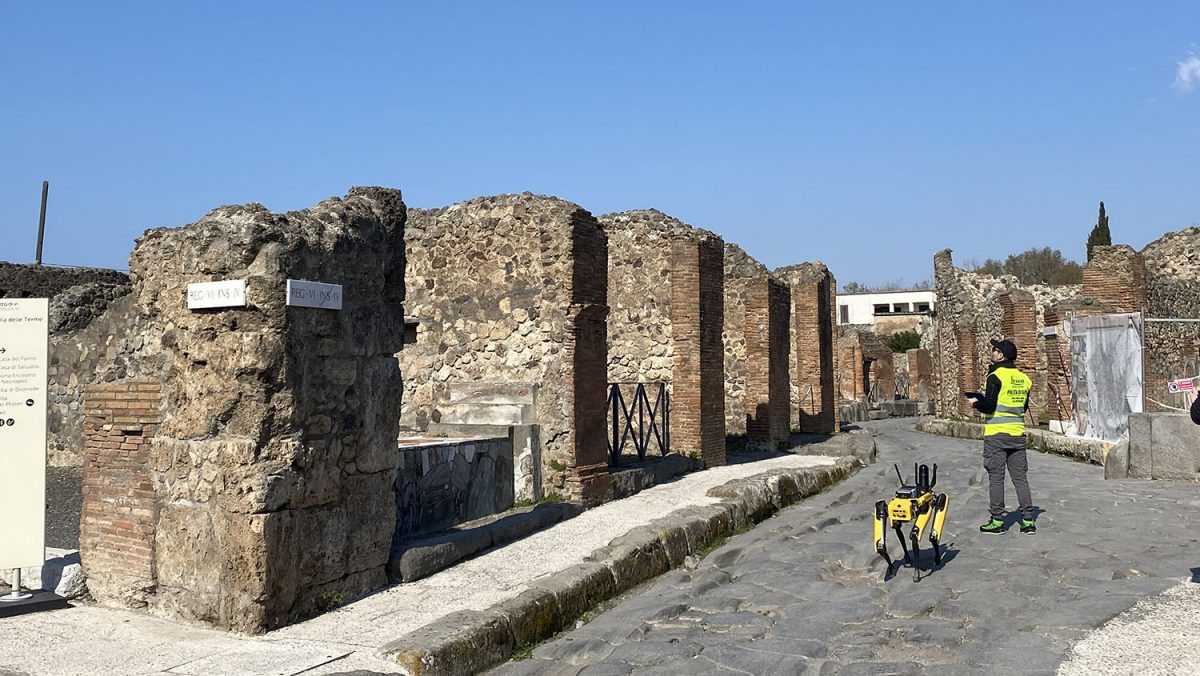A study directed by the archaeologist João Zilhão, from the University of Lisbon, reveals “precise conclusions” about the way of life of the populations that inhabited the Portuguese territory, from about a hundred thousand years to about ten thousand.
The conclusions published by the Center for Archeology of the University of Lisbon (UNIARQ) come from the analysis of the chemical composition of the enamel of fossil teeth excavated near the source of the Almonda river, in the Terras Novas region, and allow us to understand the territory covered by their headlines.
The study thus reveals “precise conclusions about the way of life, territoriality and subsistence of the populations that inhabited Portuguese territory during the last ice age, between 100,000 and 10,000 years ago“.
Developed in the system of archaeological sites associated with the source of the Almonda river, near Torres Novas, in the Santarém district, by researchers from the Center for Archeology of the University of Lisbon, and from the universities of Trento (Italy) and Southampton (UK). United States), the study was published in The Proceedings of the National Academy of Sciences, the official journal of the United States Academy of Sciences.
“The study represents a milestone of great importance for Archaeology, demonstrating how, even in very remote times,now there are scientific techniques that make it possible to approach the lives of people on an individual scale, not just the population”, emphasizes UNIARQ.
The researchers analyzed the chemical composition of the enamel of the fossil teeth of humans and animals from excavations at the source of the Almonda river, which have been carried out since 1988, says UNIARQ.
According to the statement, “In rocks, strontium isotopes gradually change over millions of years due to radioactive processes. Therefore, the strontium content of soils varies from one place to another depending on the age of the geological substrate. This isotopic ‘fingerprint’ is passed from the soil to the plants that grow in it and through them into the food chain, eventually being recorded in the enamel of the teeth”.
The “comparison with the strontium content of the teeth allows us to reconstitute the territory occupied by the individual, human or animal, during the period of enamel formation, which, for the analyzed human teeth, two premolars and one molar, is between five and fifteen years.
The archaeologists employed a technique that used laser sampling, “which allows samples to be collected and measured along thousands of selected points along the growth axis of the crown of the tooth.”
Regarding human fossils, the samples were obtained from two Neanderthal teeth from the Middle Paleolithic, about 95,000 years old, found in the Gruta da Oliveira, and one from the end of the Upper Paleolithic, about 13,000 years old, found in the Galeria de the Cistern.
“With the same technique, strontium isotopes were analyzed in the dental enamel of rhinoceros, horse, deer and ibex remains from both sites and from another site belonging to the same system, Lapa dos Coelhos”.
As for the game remains, “oxygen isotope levels were also measured, which vary seasonally, from summer to winter.” Thus, according to the same source, it was possible to determine where the animals roamed, and establish what time of year they frequented the different grazing territories.
“The results obtained show that, in the case of the Neanderthals some 95,000 years ago, the ibex was hunted in summer, while the horse, deer and rhinoceros were present within a radius of 30 kilometers around where they could be hunted. hunted throughout the year. year.
In the case of the individual from the late Upper Paleolithic, about 13,000 years old, “subsistence was obtained in a more restricted area, approximately 20 kilometers from the right bank of the Almonda River, between its source and the confluence with the Tagus.” – and the place of residence alternated seasonally between these two extreme points of the territory”.
The main game was deer, but also ibex, in large numbers. Small prey such as rabbits and freshwater fish such as tarpon were also caught.
At this time, the terrestrial tortoise, widely consumed by Neanderthals, was already extinct in the Portuguese regions, so it does not appear on the “menu”, the statement says.
“It is likely that the difference in territory size between Middle Paleolithic Neanderthals and Late Upper Paleolithic Magdalenians is related to demography. With a lower population density, Neanderthals could have larger territories. In the Magdalenian, the increase in population density has forced human groups to extract their subsistence inside smaller territories, and hence the fact that small dams and river fish began to be exploited more intensively”, explains João Zilhão, co-author of the article, quoted by UNIARQ.
Source: Observadora
